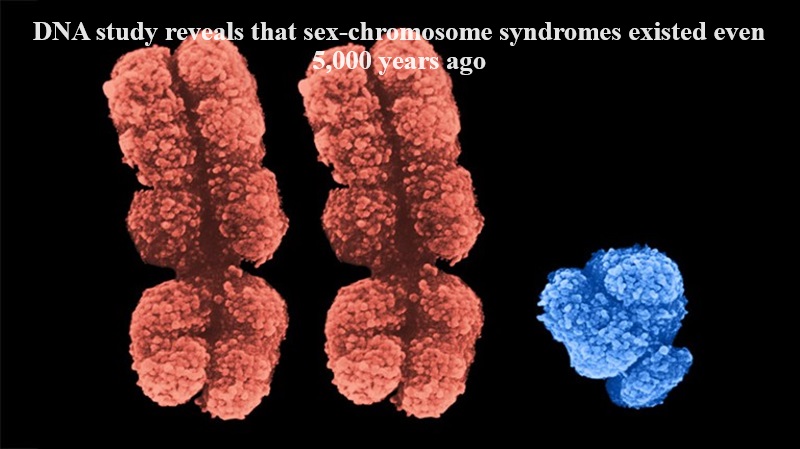
The earliest instances of sex-chromosome syndromes, as identified by researchers, indicate that individuals with extra or missing chromosomes were present 5,000 years ago, according to a study published in Communications Biology. The study suggests that people with genetic syndromes have been part of human societies throughout history, exhibiting distinct physical features and behaviors compared to the general population. Investigating prehistoric individuals with these genetic syndromes can provide insights into how ancient societies treated individuals with such differences.
Kyriaki Anastasiadou and the research team from the Francis Crick Institute in London utilized DNA sequencing to identify ancient individuals with atypical numbers of chromosomes, including an infant with Down syndrome (resulting from an extra copy of chromosome 21), who lived approximately 5,000 years ago. The study also revealed the first prehistoric individual with Turner syndrome, a female from Somerset in the United Kingdom during the Iron Age (around 2,500 years ago), who had only one complete copy of the X chromosome instead of the typical two found in females.
Additionally, the team identified a male with an extra Y chromosome, known as Jacob’s syndrome. While individuals with Turner’s syndrome typically exhibit shorter stature and fertility issues, those with Jacob’s syndrome tend to be taller than average. The identified male lived during the early Medieval Period, approximately 1,100 years ago. These findings shed light on the historical presence of individuals with sex-chromosome syndromes and offer a glimpse into the diversity of human populations across different eras.

Post Your Comments